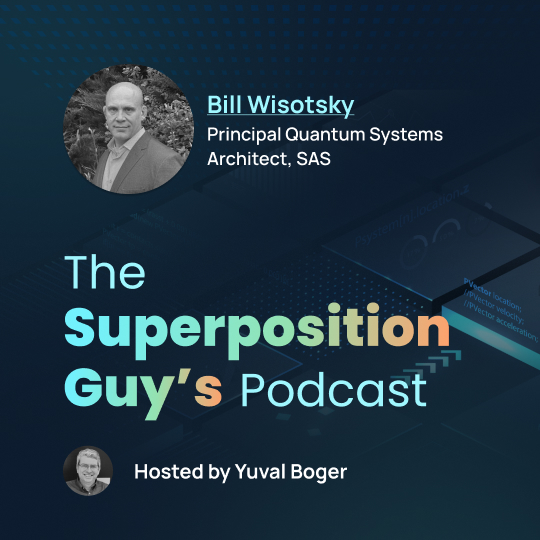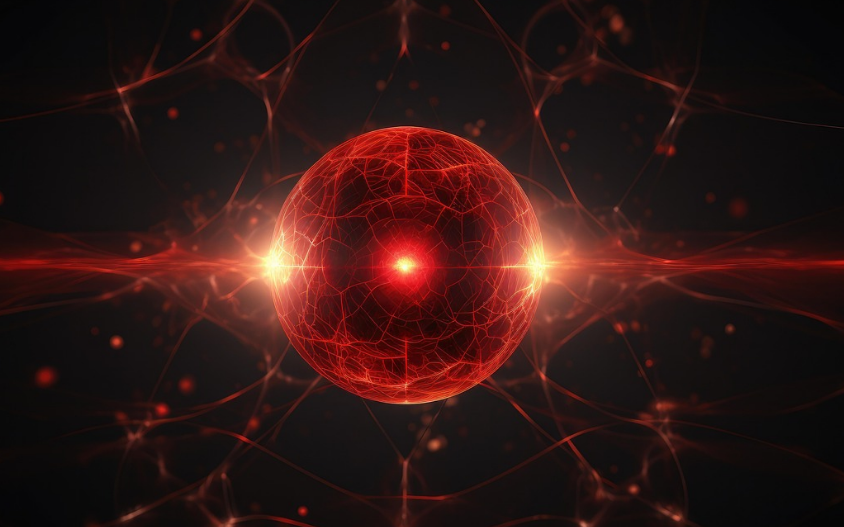Insider Brief
- A study published in Scientific Reports finds that periodic dynamical decoupling (PDD) pulses can suppress quantum decoherence, extending qubit stability and improving the feasibility of practical quantum computing.
- The researchers observed that applying pulses to both qubits in a two-qubit system could completely neutralize the effects of quantum noise in the short term, preserving entanglement and potentially accelerating quantum computations.
- While promising, the method’s effectiveness depends on precise pulse control, and further research is needed to determine its scalability for large-scale quantum processors and its integration with quantum error correction.
A new study suggests that applying periodic electromagnetic pulses to quantum bits can dramatically slow down the loss of quantum information, a challenge that has long hindered practical quantum computing. Researchers found that under specific conditions, a technique called periodic dynamical decoupling (PDD) could entirely counteract the effects of quantum noise, helping qubits maintain coherence for longer.
The research, conducted by Arefeh Aaliray and Hamidreza Mohammadi at the University of Isfahan and published in Scientific Reports, focuses on quantum speed limits — the fundamental constraints on how fast quantum states can evolve. Understanding these limits is critical for optimizing quantum computing operations and minimizing the disruptive effects of decoherence.
The study builds on previous work in quantum information theory, particularly regarding error correction and quantum control methods, and offers a potential pathway toward improving the stability of quantum processors.

The researchers write: “The results reveal that under special conditions when decoupling pulses are applied to both qubits, the PDD method can completely remove all undesirable effects of the pure dephasing process. Eventually, these findings try to bridge the gap between theoretical frameworks and practical applications in quantum technologies, aiming to develop high-performance quantum processors.”
PDD Pulses And Quantum Stability
In the paper, the researchers examined how PDD pulses influence quantum speed limit times (QSLTs) in two-qubit systems, which form the building blocks of quantum computing. When qubits interact with their environment, they gradually lose coherence, disrupting quantum calculations. By applying rapid, precisely timed pulses, the researchers demonstrated that decoherence could be suppressed, preserving entanglement and extending the operational lifetime of qubits.
Under ideal conditions, where pulses were applied to both qubits, the system was able to resist decoherence entirely during the short-term period in which pulses were active.
The results suggest that periodic pulses can freeze a quantum system in its initial state, effectively halting decoherence, according to the researchers.
The findings have major implications for the development of more stable quantum processors, potentially reducing errors in quantum computations.
Quantum speed limits play a fundamental role in setting the constraints for computational speed. If a system’s evolution time can be reduced while maintaining coherence, quantum computing operations can be performed more efficiently. The study indicates that PDD pulses not only stabilize qubits but also have the potential to accelerate certain quantum processes under controlled conditions. This suggests a strategic avenue for mitigating some of the fundamental constraints on quantum information processing and improving the efficiency of quantum algorithms.
Beyond computation, the findings also have relevance for quantum communication networks and quantum cryptography, where maintaining coherence in entangled states over long distances is essential. By extending the functional lifespan of quantum states, PDD techniques could enhance the reliability of quantum key distribution (QKD) protocols and other secure communication methods.
How the Researchers Conducted the Experiment
The researchers used a model of two independent qubits, each interacting with its own environment through a process called pure dephasing. This form of decoherence arises from random fluctuations in the qubit’s surroundings, which gradually disrupt its quantum state. The study analyzed how different configurations of PDD pulses — applying them to one qubit versus both — affected the system’s evolution.
By employing mathematical models that calculate the quantum speed limit based on changes in quantum coherence, the team measured the impact of periodic pulses on the system’s stability. When pulses were applied to both qubits, they observed a near-complete suppression of dephasing, while applying pulses to just one qubit provided partial protection.
Importantly, the researchers investigated the effects of different pulse frequencies and durations to determine the optimal conditions for coherence preservation. They found that increasing the number of applied pulses led to greater decoherence suppression but also introduced practical challenges, such as accumulated errors in pulse implementation.
Limitations and Future Directions
While the study presents promising results, the effectiveness of PDD depends on the ability to deliver precise, high-frequency pulses. Practical quantum computing systems must contend with hardware limitations, such as pulse imperfections and operational noise, which could reduce the technique’s efficiency. The study also focused on an idealized model, assuming zero-temperature environments that may not fully reflect real-world quantum computing conditions.
Another key limitation is that the study primarily examines two-qubit systems. Large-scale quantum processors involve far more qubits, each of which interacts with complex and unpredictable environmental factors.
Future research could explore how PDD interacts with multi-qubit architectures and whether the method scales effectively for commercial quantum computers.
Integrating these techniques with quantum error correction protocols could also provide a more comprehensive strategy for extending qubit coherence times. The combination of dynamical decoupling with error correction could offer a robust approach to mitigating the effects of quantum noise and improving fault-tolerant quantum computation.
Beyond computing, the implications for quantum sensors and metrology could be substantial. Quantum-enhanced sensors rely on maintaining coherent quantum states for precise measurements, and if PDD can extend coherence times, it may lead to more accurate and stable quantum sensing technologies.
The researchers noted that their findings help bridge the gap between theoretical models and practical applications, moving quantum technology closer to real-world implementation.

















